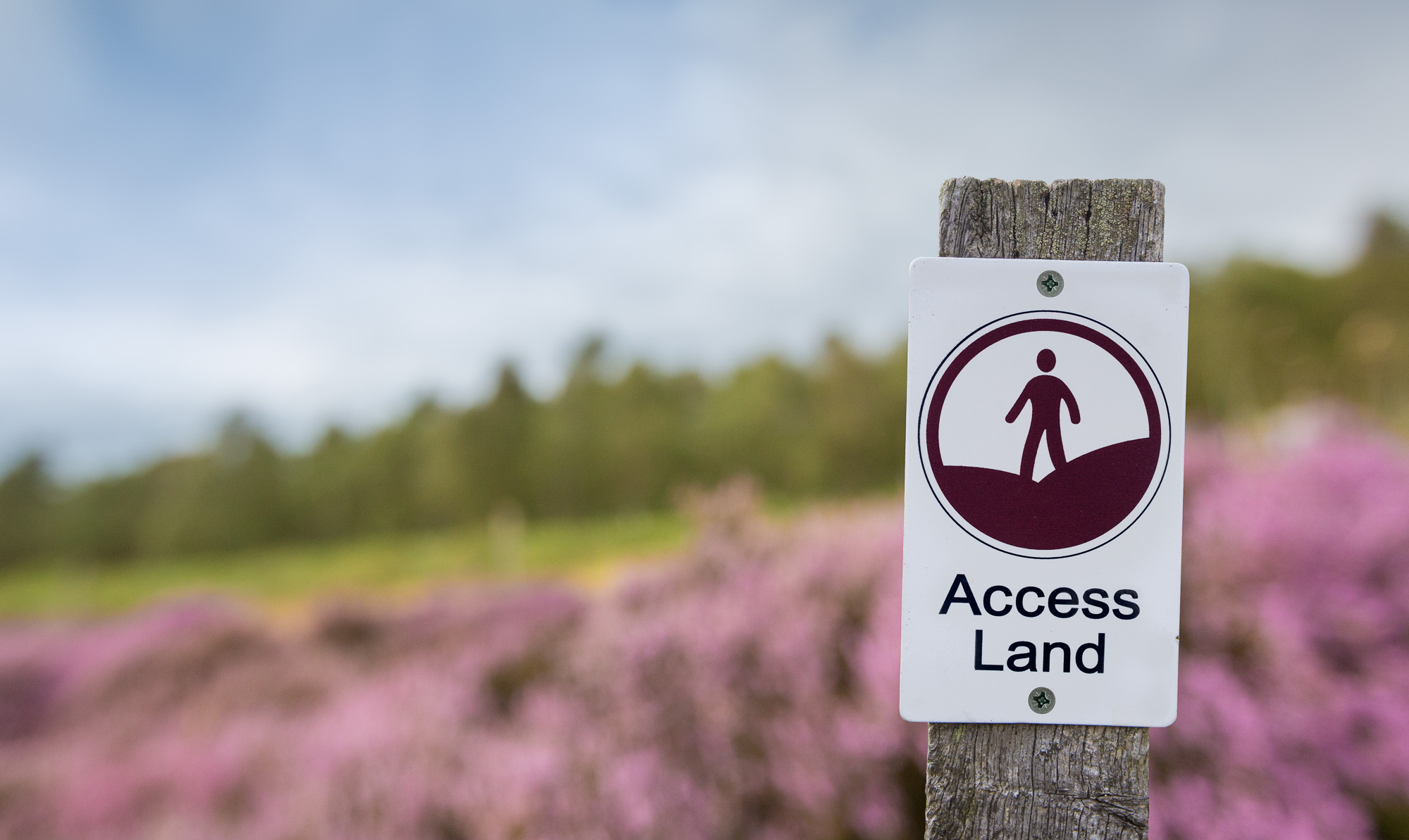Access and recreation respects nature
Around 20 million people live within a one hour’s drive (opens new window) of the Peak District, and with over 13 million visitors every year, it is one of the most popular and accessible national parks in the UK.
The main significant risk presented by visitors is moorland wildfires, although disturbance to wildlife can also be an issue locally, particularly along narrow linear features such as rights of way, cliffs and edges and waterways. Dogs off leads pose a high risk, especially during the bird breeding season when they can unintentionally cause nest abandonment.
Being a category V protected landscape (opens new window), the Peak District is a lived-in, working landscape, so if we are to recover nature everyone must integrate and respect wildlife in whichever ways they use this special place.
# For nature
- Minimise impacts of recreational activities on wildlife.
- Increase awareness of the impacts of recreational activities on nature.
- Public engagement opportunities in the natural world.
- Minimising disturbance can provide potential larger areas for breeding.
- Increase awareness of issues affecting birds of prey and other protected species, including egg collecting, shooting, poisoning or trapping.
# What else
- Minimise impacts on other activities, such as farming.
- Keeping to marked footpaths and rights of way can minimise impacts on soils and other habitats.
- Everyone can get the most health and wellbeing benefits from enjoying wildlife and the natural environment.
- Potential closer encounters with nature when acting responsibly.
- Reduced risk of wildfire.
- Increased awareness of where and how to visit and undertake recreational activities in the national park and wider countryside.
# In practice
- Be #peakdistrictproud.
- Raise awareness and understanding of the countryside code (opens new window).
- Quick and easy ways to minimise impacts on wildlife, such as not dropping litter or not using barbecues.
- Keep dogs on leads and keep to marked footpaths and rights of way to minimise disturbance.
- Pragmatic approaches to shared spaces for wildlife and people.
- Some areas may need to restrict access during the breeding season or at other times of year to avoid disturbance to sensitive species.
- Landscape-scale conservation allows better integration of the needs of wildlife with other land uses including recreation.
- Visitors and recreational users can report any suspected wildlife crimes, such as bird of prey persecution, to the Police Wildlife Crime Officer on 101. Information on the National Park website (opens new window) can help understand what legal wildlife management techniques may be carried out in parts of the National Park.
